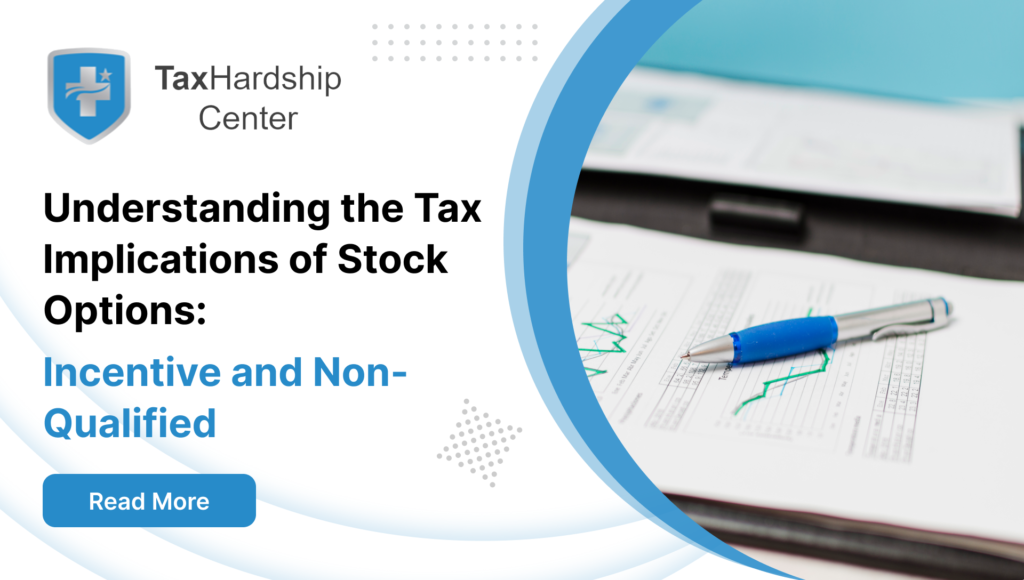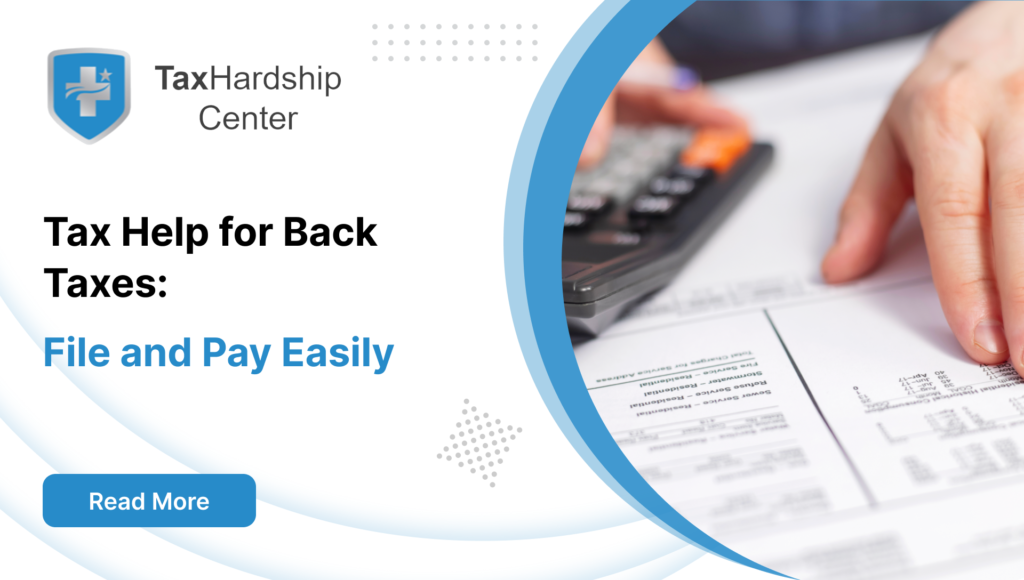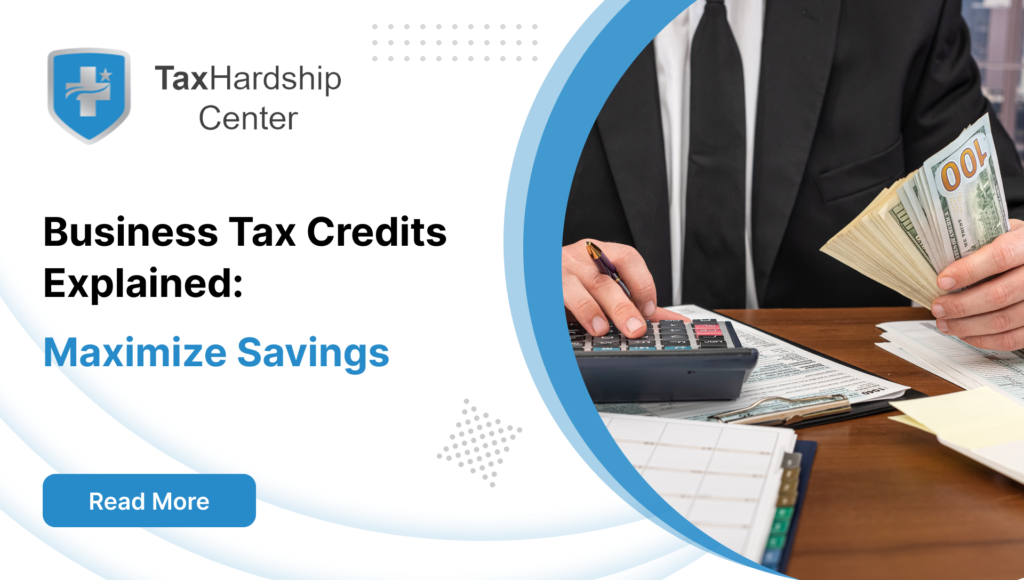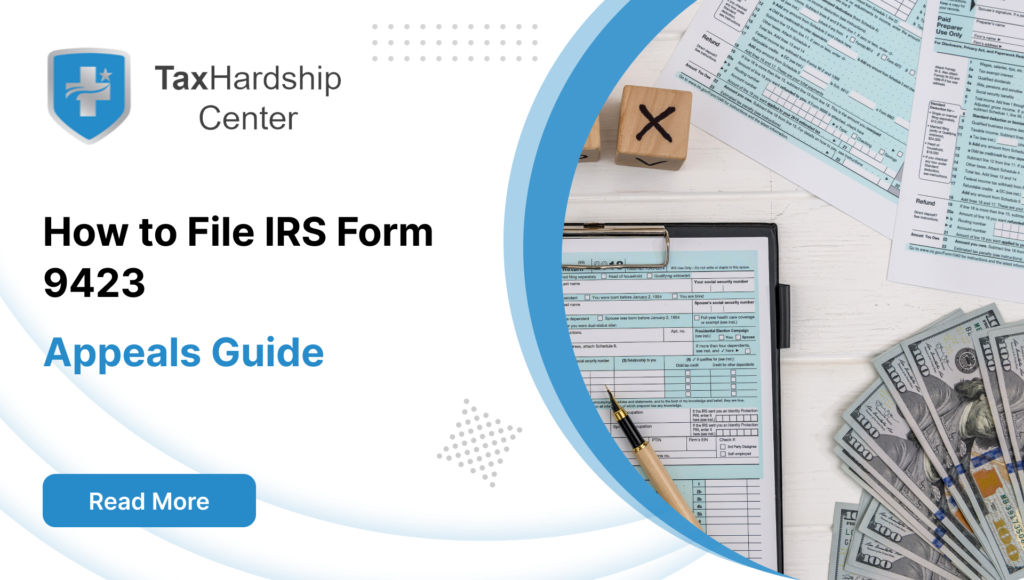Stock options have increasingly become popular for employee compensation, allowing employees to purchase company stock at a predetermined price. While stock options can offer significant financial rewards, they also have complex tax implications. Understanding these implications is crucial for maximizing benefits and avoiding unexpected tax bills. This comprehensive guide will delve into the key factors affecting stock options taxes, explore different types of stock options, and provide actionable tax strategies.
Differentiating Incentive and Non-Qualified Stock Options
What are Incentive Stock Options (ISOs)?
Incentive Stock Options (ISOs) are typically offered to employees as part of their compensation package. ISOs have the potential for favorable tax treatment but must meet specific requirements set by the Internal Revenue Service (IRS). Here’s how ISOs usually work:
- Grant Date: The employer grants the ISO to the employee, setting the stage for future stock acquisition at a predetermined price.
- Exercise Price: The option has a predetermined exercise price, often lower than the market value at the time of the grant, providing an opportunity for profit.
- Exercise Date: The employee exercises the option to purchase the stock at the exercise price, which could be significantly lower than the market value at the time.
- Sale Date: To benefit from favorable tax treatments, the employee sells the stock, ideally after meeting specific holding period requirements.
What are Non-Qualified Stock Options (NSOs)?
Non-Qualified Stock Options (NSOs), or Non-Statutory Stock Options, can be offered to employees and other parties like contractors. While NSOs do not qualify for special tax treatments like ISOs, they are more flexible. Here’s how NSOs work:
- Grant Date: The employer grants the NSO to the employee or contractor, marking the start of the option period.
- Exercise Price: The option has a predetermined exercise price, which could be advantageous if the stock’s market value rises.
- Exercise Date: The option is exercised to purchase the stock at the exercise price, potentially resulting in immediate taxable income.
- Sale Date: The stock is sold, and the difference between the sale and exercise prices is taxed as capital gain or loss.
Tax Hardship Center: Your Stock Option Tax Relief Partner
It can be overwhelming to understand the tax implications of stock options, Incentive Stock Options (ISOs), Non-Qualified Stock Options (NSOs), or Employee Stock Purchase Plans (ESPPs). Tax Hardship Center is here to simplify your stock options tax journey and bring you peace of mind.
We specialize in breaking down complex tax situations for stock options, including:
- ISO Tax Strategies: Understanding the tax obligations of Incentive Stock Options can be confusing. Our experts ensure you comply with all relevant regulations and avoid unnecessary tax burdens.
- NSO Tax Solutions: Exercising and selling Non-Qualified Stock Options adds another layer of complexity. We’ll guide you through the tax laws and ensure you optimize your tax situation.
- Audit Support: Facing an IRS audit related to your stock options can be stressful. We’ll provide expert assistance throughout the process, ensuring a smooth resolution.
- ESPP Tax Planning: Participating in an Employee Stock Purchase Plan involves unique tax considerations. We’ll help you develop a tax plan that minimizes your liabilities and maximizes exemptions.
- Negotiating with the IRS: Need help communicating with the IRS regarding your stock options? We can advocate on your behalf and negotiate a favorable outcome.
Don’t let stock option taxes become a source of stress. Focus on what matters most – maximizing your financial benefits! We’ll handle the complexities of stock option taxes.
Schedule a free consultation with the Tax Hardship Center today and breathe a sigh of tax relief!
How ISOs Affect Your Taxes
Incentive Stock Options (ISOs) can bring significant tax advantages, but they come with strict rules. Here are the key tax implications of ISOs:
Qualifying for Favorable Tax Treatment
To qualify for favorable tax treatment, the following conditions must be met:
- Holding Period Requirement: To benefit from long-term capital gains on tax rates, one must hold the stock for at least one year after the option is exercised and two years after the grant date.
- Employee Status: The option must be granted under an approved plan, and the recipient must be an employee of the company at the time of the grant, ensuring compliance with IRS regulations.
Alternative Minimum Tax (AMT)
While ISOs are highly beneficial, we must remember that they can impact the Alternative Minimum Tax (AMT). When you exercise an ISO, the difference between the exercise price and the stock’s fair market value becomes a preference item for AMT purposes. This can result in a higher tax liability:
- AMT Calculation: The AMT is a parallel tax system designed to ensure that taxpayers who benefit from various deductions and credits still pay a minimum amount of tax. The spread between the exercise price and the fair market value at exercise becomes a preference item for AMT.
- AMT Credit: If you pay AMT due to exercising ISOs, you can use an AMT credit to offset your regular tax in future years, potentially reducing your tax burden.
Navigating Taxes with NSOs
Non-Qualified Stock Options (NSOs) do not have the same tax-advantaged status as ISOs but are simpler and more flexible. Here’s how NSOs are taxed:
Taxation at Grant, Exercise, and Sale
- At Grant: No tax is due when an NSO is granted, making this stage tax-neutral.
- At Exercise: The difference between the exercise price and the fair market value at the time of exercise is considered ordinary income. This amount is subject to federal, state, and payroll taxes, which can significantly impact your immediate tax liability.
- At Sale: When you sell the stock, any additional gain or loss is treated as a capital gain or loss, which may be short-term or long-term, depending on how long you hold the stock. This can affect your overall tax rate.
Ordinary Income vs. Capital Gains
- Ordinary Income: The income recognized at the exercise of NSOs is taxed as ordinary income, subject to both income and payroll taxes, which can be substantial.
- Capital Gains: The gain or loss realized upon the sale of the stock is subject to capital gains tax rates. Gains are short-term if the stock is held for one year or less and long-term if held for more than one year, offering lower tax rates for long-term holdings.
Understanding ESPPs and Their Tax Benefits
Employee Stock Purchase Plans (ESPPs) are designed to allow employees to purchase company stock at a discounted price, often through payroll deductions over a set period. ESPPs can offer tax benefits, but it’s essential to understand the tax treatment of qualifying and disqualifying dispositions.
Tax Treatment of ESPPs
- Qualifying Disposition: To qualify for favorable tax treatment, the shares must be held for at least one year after the purchase date and two years after the offering date. If these conditions are met, your discount is taxed as ordinary income, and any additional gain is taxed as a long-term capital gain.
- Disqualifying Disposition: If the shares are sold before meeting the holding period requirements, the discount is taxed as ordinary income; any additional gain or loss is treated as a capital gain or loss, either short-term or long-term, depending on the holding period.
Tax Benefits of ESPPs
- Discounted Purchase Price: Employees can buy stock at a discount, often up to 15% off the market price, providing an immediate financial benefit.
- Potential for Long-Term Capital Gains: If holding period requirements are met, most of the gain can be taxed at the lower long-term capital gains rate, offering substantial tax savings.
Optimizing Your Tax Strategy with Stock Options
Managing the tax implications of stock options requires careful planning. Here are some practical strategies to consider:
Early Exercise
Exercising stock options early, particularly ISOs, can help manage AMT exposure and start the holding period clock. Early exercise can be beneficial if you believe the stock price will increase significantly:
- Reduced AMT Impact: Exercising early can minimize the spread between the exercise price and the fair market value, thereby reducing the impact.
- Start Holding Period: Early exercise starts the clock on the holding period, helping you qualify for favorable long-term capital gains tax rates sooner.
Holding Period Planning
Carefully planning your holding periods for ISOs, NSOs, and ESPPs can optimize your tax outcomes:
- ISOs and ESPPs: Aim to meet the holding period requirements to qualify for long-term capital gains tax rates.
- NSOs: Consider holding the stock for more than one year after exercise to take advantage of long-term capital gains tax rates.
Consult a Tax Advisor
Since stock options can be complicated, consulting a tax professional is a good idea. A tax advisor can assist you with:
- Individualized Strategy: Develop a customized tax strategy based on your situation and financial goals.
- Avoid Pitfalls: Identify potential tax pitfalls and avoid costly mistakes.
- Stay Compliant: Ensure compliance with all relevant tax laws and regulations.
Case Studies: Stock Option Tax Scenarios
To illustrate the tax implications of different stock options, let’s consider a few hypothetical scenarios.
Case Study 1: ISO Exercise and AMT
Scenario: Sarah is granted 1,000 ISOs at an exercise price of $10 per share. Two years later, the stock price was $40 per share, and she decided to exercise all 1,000 options.
Exercise Price: $10,000 (1,000 shares * $10)
Fair Market Value: $40,000 (1,000 shares * $40)
AMT Impact: The spread ($30,000) is considered a preference item for AMT purposes.
Sarah consults a tax advisor who helps her understand the implications of AMT. She decides to hold the shares for more than a year to meet the holding period requirement and potentially benefit from long-term capital gains tax rates.
Case Study 2: NSO Exercise and Sale
Scenario: John is granted 500 NSOs at an exercise price of $20 per share. He exercises all options when the stock price is $50 per share and sells the stock six months later at $60 per share.
Exercise Price: $10,000 (500 shares * $20)
Fair Market Value at Exercise: $25,000 (500 shares * $50)
Ordinary Income: $15,000 (spread at exercise)
Sale Price: $30,000 (500 shares * $60)
Capital Gain: $5,000 (additional gain at sale, short-term)
John faces ordinary income tax on the $15,000 spread at exercise and short-term capital gains tax on the $5,000 gain.
Case Study 3: ESPP Qualifying Disposition
Scenario: Emma participates in her company’s ESPP, purchasing 200 shares at a 15% discount with an offering price of $50. Her purchase price is $42.50 per share. She holds the shares for two years after purchase and sells them at $70.
Purchase Price: $8,500 (200 shares * $42.50)
Discount: $1,500 (200 shares * [$50 – $42.50])
Sale Price: $14,000 (200 shares * $70)
Ordinary Income: $1,500 (discount)
Capital Gain: $4,000 (additional gain, long-term)
Emma benefits from long-term capital gains tax rates on the $4,000 gain and recognizes $1,500 as ordinary income.
Conclusion
Stock options can be a valuable part of an employee compensation package but have complex tax implications. Understanding the differences between ISOs, NSOs, and ESPPs and their respective tax treatments is crucial for maximizing financial benefits and avoiding costly mistakes.
By carefully planning your stock option exercises and holding periods, and consulting with a tax advisor, you can confidently optimize your tax strategy and avoid the complexities of stock option taxes. Always consider the long-term impact on your financial situation and make informed decisions to enhance your financial well-being.
Why Tax Hardship Center?
1. Hassle-Free Assistance:
Say goodbye to sleepless nights and endless tax-related stress. At the Tax Hardship Center, we believe in simplifying the complex. Our team of experts is dedicated to guiding you through every step of the process, ensuring that your tax concerns are met with precision and care.
2. 14-Day Money Back Guarantee:
We’re so confident in our ability to ease your tax worries that we offer a 14-day money-back guarantee. If, for any reason, you’re not satisfied with our service, we’ll gladly refund your investment. Your peace of mind is our top priority!
3. Free Consultation:
Are you curious about how we can transform your tax experience? Book a free consultation now! Our team will assess your situation, answer your questions, and provide free insights tailored to your needs.
4. Nationwide Coverage:
No matter which corner of the United States you call home, the Tax Hardship Center covers you. We proudly serve all 50 states, bringing our expertise to your doorstep. Wherever you are, our commitment to excellence follows.
FAQs:
1. What are the key differences between ISOs and NSOs?
Incentive Stock Options (ISOs) offer potential tax advantages but must meet specific IRS requirements, including holding periods and employment status. Non-Qualified Stock Options (NSOs) are more flexible but do not qualify for special tax treatments.
2. How does the Alternative Minimum Tax (AMT) affect ISOs?
When you exercise ISOs, the difference between the exercise price and the fair market value becomes a preference item for AMT purposes, potentially resulting in higher tax liability. However, you may use AMT credits to offset future regular taxes.
3. What tax implications should I consider when exercising NSOs?
Exercising NSOs results in ordinary income tax on the spread between the exercise price and the fair market value at the time of exercise. Any subsequent gain or loss upon sale is treated as a capital gain or loss.
4. How can I benefit from an Employee Stock Purchase Plan (ESPP)?
ESPPs allow employees to purchase stock at a discount, often up to 15%. Holding the stock for at least one year after purchase and two years after the offering date can qualify you for favorable long-term capital gains tax rates.
5. Why is consulting a tax advisor important for managing stock options?
A tax advisor can help develop a customized tax strategy, identify potential pitfalls, and ensure compliance with tax laws, maximizing your financial benefits and minimizing unexpected tax liabilities.








